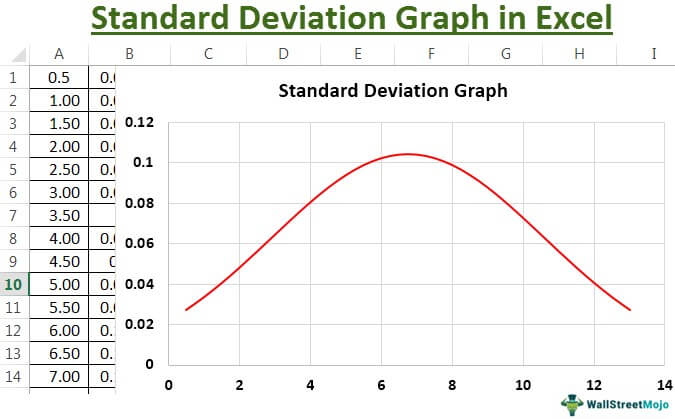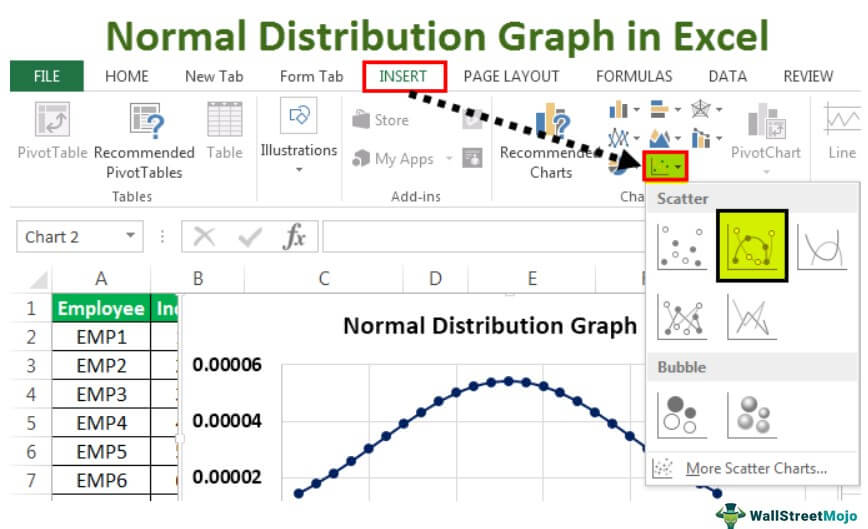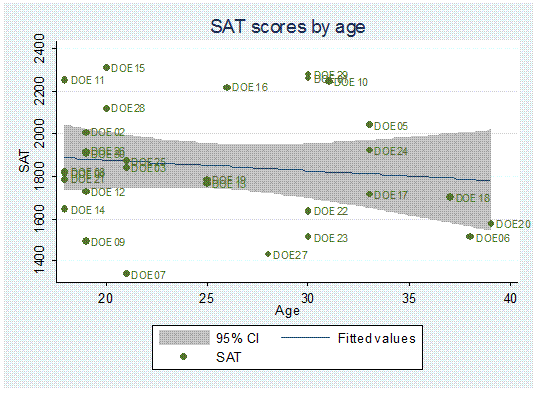

- #Excel average and standard deviation chart in office 2016 code
- #Excel average and standard deviation chart in office 2016 password
- #Excel average and standard deviation chart in office 2016 series
#Excel average and standard deviation chart in office 2016 password

The Best Office Productivity Tools Kutools for Excel Solves Most of Your Problems, and Increases Your Productivity by Quickly add a horizontal average line with an amazing tool Note: This VBA only can run when the Column format you insert is 2-D Column. Then press F5 key to run this code, and a horizontal average line has been inserted into the column chart. If VBA.TypeName(Application.Selection) "Series" Then Exit Sub VBA: add an average line to the chart Sub AverageLine()
#Excel average and standard deviation chart in office 2016 code
Click Insert > Module, and paste the following code in the Module Window. Hold down the ALT + F11 keys, and it opens the Microsoft Visual Basic for Applications window.ģ. Supposing you have created a column chart with your data in your worksheet, and the following VBA code also can help you to insert an average line across your chart.ġ.Click one of the data column in your chart, and then all the data columns will be selected, see screenshot:Ģ.

Now, you have a horizontal line representing the average in your chart, see screenshot:ĭemo: add a horizontal average line to a chart with a helper column in Excel In the popped out Change Chart Type dialog, click to highlight the Combo in the left bar, click box behind the Average, and then select the a line chart style from the drop down list.
#Excel average and standard deviation chart in office 2016 series
And a chart has been created, please click one of the average data column (the red bar) in the chart, right click and select the Change Series Chart Type from the context menu. And then select this range and choose one chart format that you want to insert, such as 2-D Column under the Insert tab. Note: Click to know more about applying the same formula to entire column, or applying the exact same formula/value to entire column without cell number incrementing.Ģ. Calculate the average of the data with Average function, for example, in Average Column C2, type this formula: =Average($B$2:$B$8), and then drag this cell's AutoFill handle to the range as you need. If you want to insert a horizontal average line to a chart, you can calculate the average of the data first, and then create the chart.


 0 kommentar(er)
0 kommentar(er)
